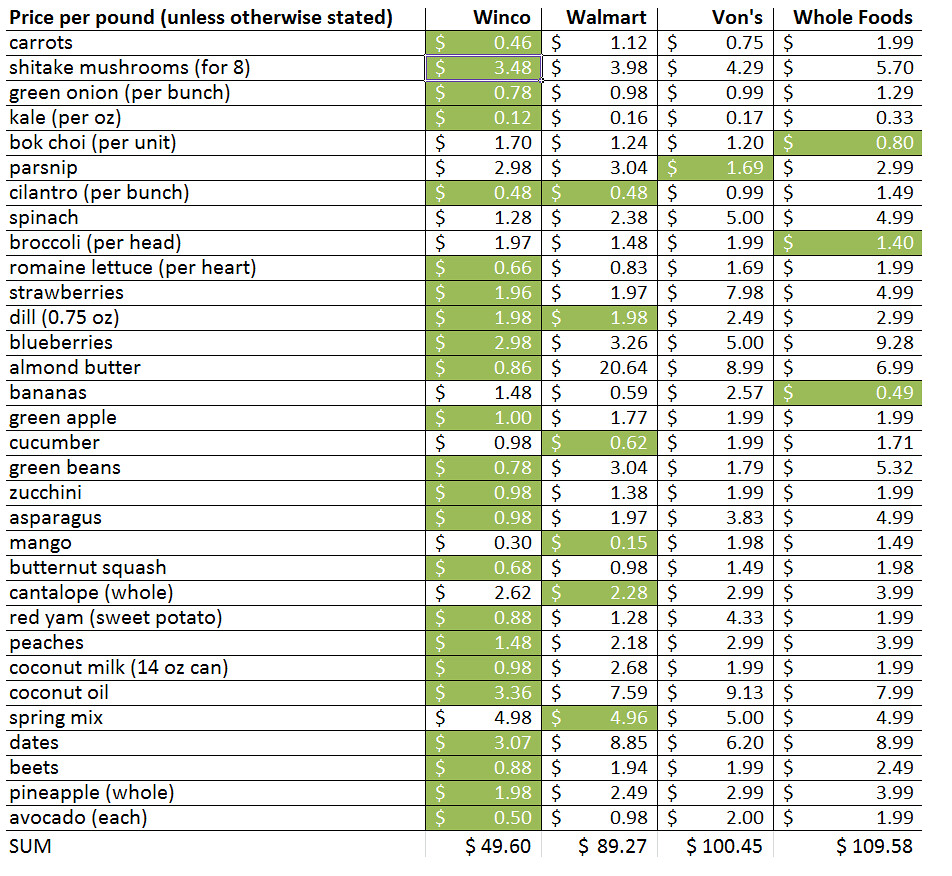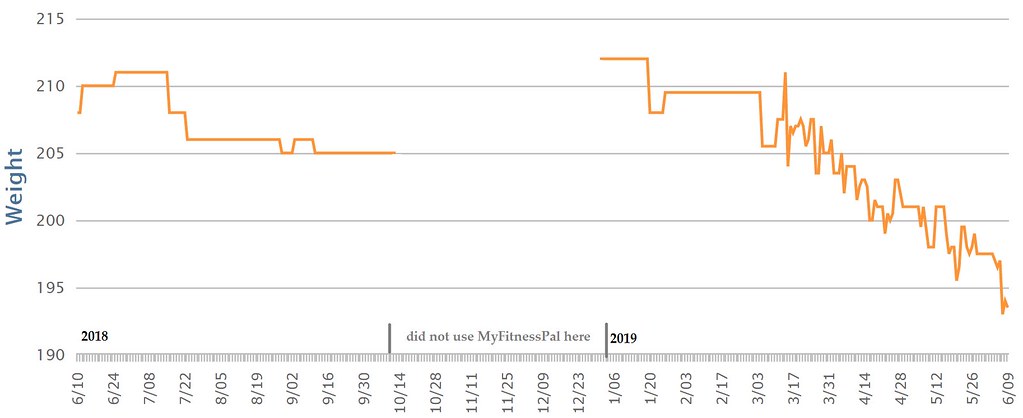 |
| Farmer's Market haul from May 19, 2019 |
Living in California has been great, since we can go to the Farmer's Market and get most of what we need. If I had the discipline, I would write down the prices we pay for these items at the Farmer's Market, but to be honest I do not enjoy tracking cash transactions. Many people have an idea that the Farmer's Market will be more expensive, but I doubt that. When you consider that you are eliminating carbon cost associated with supply chain, and you are getting fresher produce (less wasting rotted fruit and vegetables), then you might be getting more than what you pay for.
What I can share with you is saved receipts from the grocery stores for the past few weeks. We have been eating according to a Two Week Cleanse that eliminates most dairy and gluten. Here are my results. The items are in no particular order.
What I can share with you is saved receipts from the grocery stores for the past few weeks. We have been eating according to a Two Week Cleanse that eliminates most dairy and gluten. Here are my results. The items are in no particular order.
 |
| Cheapest source is highlighted in green |
Similarly to what I found in a previous analysis, Winco is the cheapest place to get the items we need for the diet. It is not as dramatic since the items above are fresh and not found in bulk bins, but there are a few notable exceptions. The almond butter machine inside the store at Winco is amazing! I also discovered that Winco has pitted dates in the bulk section.
Side note: I was almost forcibly removed from Walmart when they noticed that I was writing down prices in my notebook. Their argument was that I could have checked all the prices from home using their shopping app, but I preferred to check them in person at the store. I explained that the information was "just for me" since I am on a new diet and eating the same items every two weeks. I believe I have a right to comparison shop to get the best prices in my local area (Los Angeles).
Unfortunately, we live 40 miles from the nearest Winco. We have a car that gets 25 mpg highway. With gas prices around $4 per gallon, it costs $13 to drive to Winco and back. Compared to our local store (Von's) and the organic retailer (Whole Foods), the savings are worth the drive. You can find the shopping list for week 1 of the diet in the previous post. Happy shopping!






